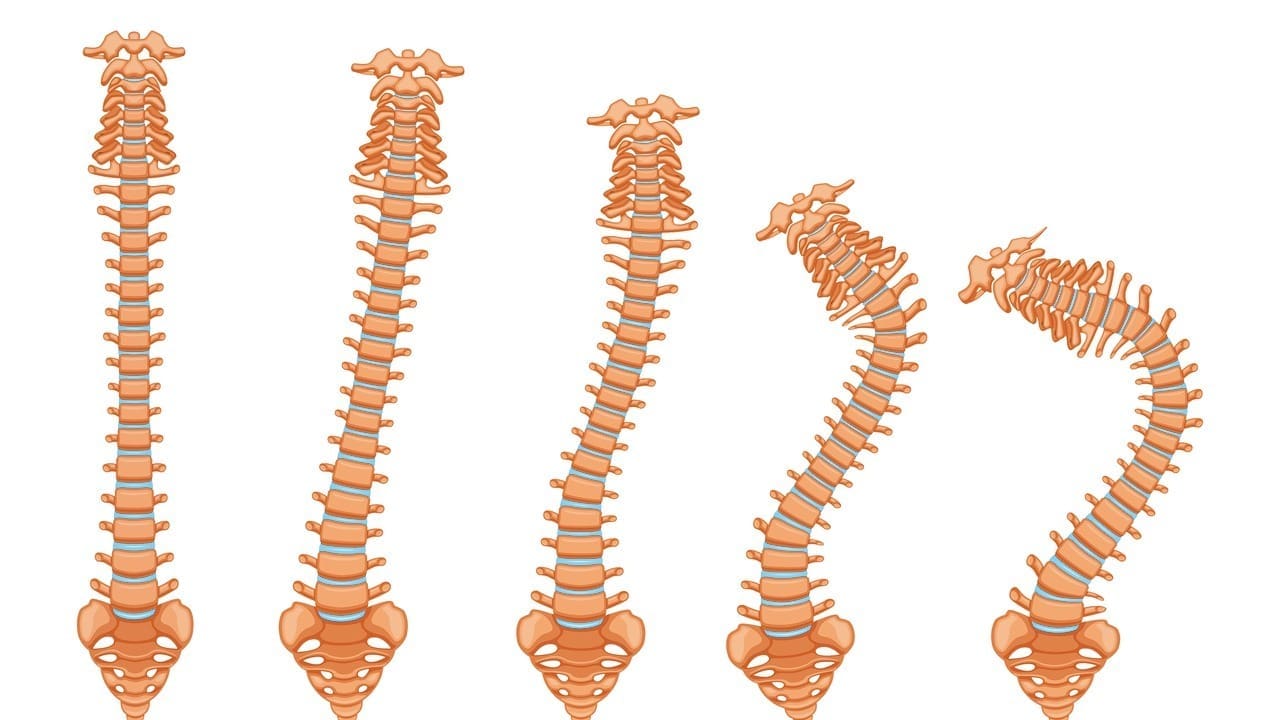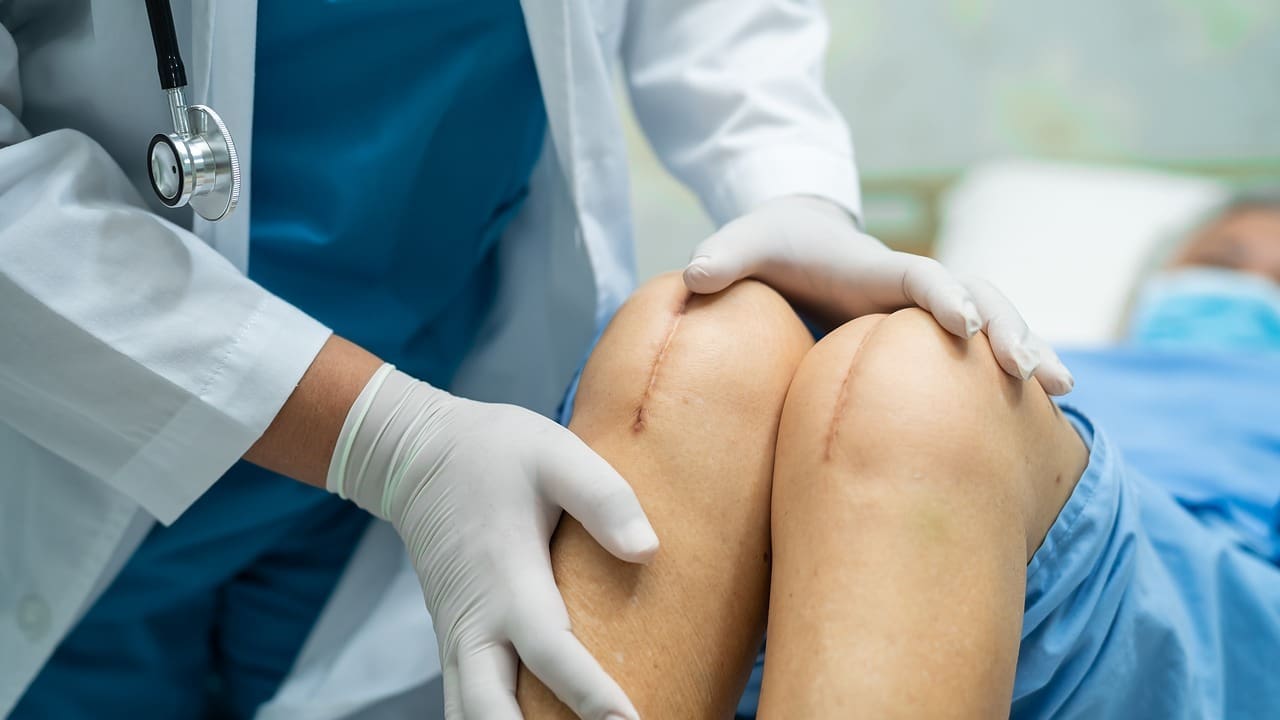Last Updated on November 26, 2025 by Bilal Hasdemir

Understanding invasive procedures is key to making smart healthcare choices. At Liv Hospital, we aim to give our patients all the care and support they need. This is true for every step of their journey.
Procedures that go inside the body are called invasive medical treatment. They might need cuts or special tools to help diagnose or treat health issues. These steps are complex and require a lot of skill. We’ll look at the different kinds of invasive procedures and how they’re used in medical practice.
Key Takeaways
- Understanding the definition and implications of invasive medical procedures.
- The role of invasive procedures in diagnosing and treating complex conditions.
- The importance of choosing a reputable healthcare provider for invasive treatments.
- Overview of the different types of invasive procedures and their applications.
- What to expect during and after an invasive procedure.
What Defines an Invasive Medical Treatment?
Invasive medical treatments are key in today’s healthcare. They involve procedures that go into the body to diagnose or treat health issues. It’s important for both patients and healthcare providers to know what these treatments are.
The Three Key Components of Invasive Procedures
Invasive medical procedures have three main parts. These are the level of access to the body, the tools needed, and the skill level required. Together, they show how complex and risky these treatments can be.
- Level of Access: These procedures break the skin or enter cavities to reach inside the body.
- Degree of Instrumentation: They use special tools like catheters and endoscopes.
- Skill Level Required: They need a lot of skill and training because they carry big risks.
Distinguishing Invasive from Non-Invasive Treatments
The main difference between invasive and non-invasive treatments is how they access the body. Non-invasive treatments stay outside, while invasive ones go inside. This makes invasive treatments better for some health issues.
| Characteristics | Invasive Procedures | Non-Invasive Procedures |
| Body Access | Penetrates the skin or bodily cavities | Remains external |
| Instrumentation | Requires specialized instruments | Does not require internal instrumentation |
| Risk Level | Higher risk due to direct access | Generally lower risk |
Global Prevalence of Invasive Procedures
Studies show that over 230 million invasive procedures happen every year worldwide. This highlights the need to understand these treatments and their role in healthcare.
The number of invasive procedures varies around the world. It depends on things like healthcare systems, disease rates, and how people view medical care. As healthcare keeps changing, the importance of invasive treatments in patient care stays the same.
Types of Invasive Medical Treatments

Invasive medical treatments include many procedures, from big surgeries to small, less invasive ones. It’s important for both patients and doctors to know about these different types.
Highly Invasive Surgical Procedures
These surgeries need big cuts and are used for big operations like open-heart surgery or removing big tumors. They take a long time to recover from and are usually done under general anesthesia.
Minimally Invasive Techniques
These techniques use small cuts or go through natural openings to do surgery. This causes less damage and helps you heal faster. Examples are laparoscopic surgery and endoscopic procedures. They are popular because they cause less pain and you can leave the hospital sooner.
Diagnostic vs. Therapeutic Invasive Procedures
Invasive procedures can be for diagnosing or treating. Diagnostic ones, like biopsies or angiographies, help find what’s wrong. Therapeutic ones, like surgery to remove a tumor, aim to fix the problem.
- Highly invasive surgeries require large incisions and longer recovery times.
- Minimally invasive techniques reduce tissue damage and promote faster healing.
- Diagnostic invasive procedures help in diagnosing conditions accurately.
Common Applications of Invasive Medical Treatments
Invasive medical treatments are key in many medical fields. They help solve complex health problems. These methods are often the best or only way to treat certain conditions.
Cardiac Procedures
Heart diseases are managed with invasive cardiac procedures. Angioplasty and stenting open blocked arteries, helping blood flow to the heart. Cardiac catheterization is used to diagnose and treat heart issues, like coronary artery disease. These steps have greatly helped patients with heart problems.
These heart treatments have changed how doctors work. Angioplasty is now common for heart disease, sometimes avoiding bigger surgeries like CABG.
Orthopedic Procedures
Orthopedic procedures are vital for musculoskeletal issues and injuries. Joint replacement surgeries, like hip and knee replacements, are common. They help patients with severe joint damage, often from arthritis or injury.
Osteotomies are also used, where bones are cut and realigned. This corrects deformities or improves joint alignment. These surgeries are key for treating complex orthopedic conditions and improving patients’ lives.
Gastrointestinal Procedures
Gastrointestinal procedures help diagnose and treat digestive disorders. Endoscopies let doctors see inside the digestive tract. They help find issues like ulcers, inflammation, and tumors.
Other procedures include liver biopsies and gastrointestinal surgeries for cancer or other diseases. These are essential for managing complex digestive conditions and better patient care.
In conclusion, invasive medical treatments are critical in cardiology, orthopedics, and gastroenterology. They provide effective solutions for complex health issues, greatly improving patient care.
Benefits and Risks of Invasive Medical Treatments
Invasive medical treatments have many benefits. They help doctors make precise diagnoses and treat health issues effectively. But, these treatments also come with risks and complications that need careful thought.
Advantages of Invasive Procedures
Invasive medical procedures have several benefits, including:
- Accurate Diagnoses: They allow doctors to directly examine the affected area. This helps them make accurate diagnoses.
- Effective Treatments: These treatments can effectively address complex medical conditions.
- Minimally Invasive Options: Many invasive procedures are now done using minimally invasive techniques.
Potential Risks and Complications
While invasive medical procedures have many benefits, they also have risks and complications. These include:
- Infection: There is a risk of infection with any invasive procedure.
- Bleeding and Hematoma: Invasive procedures can cause bleeding or hematoma.
- Adverse Reactions: Patients may have adverse reactions to anesthesia or other medications.
It’s important to understand the benefits and risks of invasive medical treatments. This helps in making informed decisions about one’s healthcare.
Minimally Invasive Procedures: A Modern Approach
We are seeing a big change in medicine with minimally invasive procedures. These new methods change how surgeries are done. They make patients recover faster and feel less pain.
These procedures use smaller cuts than old surgeries. This means less damage to the body and quicker healing. New tech, like high-definition cameras and special tools, makes this possible.
Techniques and Technologies Used
Success in these procedures comes from new techniques and tech. Laparoscopic surgery is a big step forward. It lets doctors work through small cuts with a camera’s help.
- High-definition imaging systems provide clear visualization of the surgical site.
- Specialized instruments are designed to be precise and minimize tissue damage.
- Robotic-assisted surgery enhances the surgeon’s capabilities, providing greater precision and control.
Benefits and Limitations
Minimally invasive procedures have many benefits. Patients feel less pain, have less scarring, and stay in the hospital less. But, there are downsides too. Surgeons need special training, and these surgeries can take longer.
To define invasive surgery, it’s key to know it means entering the body through cuts. Minimally invasive procedures are a type of invasive surgery. They use small cuts and new tech to reduce harm to the patient.
Knowing what invasive procedure meaning is helps patients choose their treatment. While these procedures have many benefits, they’re not right for every case. The choice depends on the patient’s health and the condition being treated.
The Evolution of Invasive Medical Treatments
Invasive medical treatments have changed a lot over time. This change comes from new technology and better surgical methods. Now, these treatments are safer and work better.
Advances in Surgical Techniques and Instruments
New surgical methods and tools have been key. Minimally invasive surgery is now common. It means smaller cuts, less damage, and faster healing.
Techniques like laparoscopy and robotic surgery have made surgery more precise. This reduces the chance of problems.
New instruments and tools have also been important. High-definition imaging and precision instruments help surgeons do complex tasks better. They work with more confidence.
Impact on Patient Outcomes
These changes have greatly helped patients. With reduced recovery times and less post-operative pain, people can get back to their lives faster. Modern surgery also means better results and fewer problems.
Hospital stays and healthcare costs have gone down too. This helps both patients and the healthcare system. It makes things more efficient.
We keep working to improve invasive medical treatments. Our goal is to give the best care to our patients. By using new ideas and improving surgery, we aim for better lives for those needing these treatments.
Patient Considerations for Invasive Procedures
Before you decide on an invasive medical procedure, it’s key to know all the facts. We get that choosing this path can be tough. It involves looking at the possible risks and benefits.
Risk-Benefit Assessment
First, you need to do a risk-benefit assessment. This means understanding the possible problems and comparing them to the procedure’s benefits. Talk to your doctor about:
- The details of the procedure
- The risks and possible complications
- The expected results and advantages
- Other treatment options
This way, you can make a choice that fits your health goals and values.
Preparing for Invasive Procedures
Getting ready is essential for a good outcome. Pre-operative preparation might include:
- Medical checks to make sure you’re fit for the procedure
- Changing medications that could affect the procedure or recovery
- Making lifestyle changes, like quitting smoking or losing weight, to lower risks
- Planning for care and support after the procedure
Always follow your doctor’s advice to reduce risks and help with a smooth recovery.
In summary, being well-prepared and informed is vital for those thinking about invasive medical procedures. By understanding the risks and benefits and getting ready, you can make the best choice for your health.
Recovery and Rehabilitation After Invasive Procedures
Recovery and rehabilitation after invasive medical treatments are key to the best results. This time can be tough, but with proper care, patients can get back to full health.
Post-Operative Care
Good post-operative care is essential for a smooth recovery. It involves watching vital signs, managing pain, and preventing infections. It’s important to follow the doctor’s advice on wound care, medication, and follow-up visits.
Patients should watch for signs of trouble like more pain, swelling, or fever. If these happen, get medical help right away. Being alert and proactive can help avoid complications and aid in a better recovery.
Rehabilitation Strategies
Rehabilitation is a big part of getting better. It helps patients regain their strength and improve their life quality. A good rehab plan includes physical therapy, occupational therapy, and lifestyle changes. We tailor each plan to meet the patient’s needs and goals.
Physical therapy helps with strength and mobility. Occupational therapy helps with daily tasks and independence. Making lifestyle changes, like diet and stress management, also plays a role in recovery.
By focusing on post-operative care and rehabilitation, we help patients through their recovery with confidence. This approach leads to the best outcomes.
Conclusion
Invasive medical treatments are key in today’s healthcare. They range from major surgeries to small, less invasive methods. These treatments help solve many health problems.
We’ve looked at the different types of invasive treatments. We’ve talked about their uses, benefits, and risks. Knowing about these is important for both patients and doctors. It helps everyone make better choices about health care.
Thanks to new medical technology, treatments have gotten better. Now, surgeries that used to be big and scary are smaller and less painful. This means patients recover faster and feel better sooner. We can expect even more improvements in the future.
In the end, invasive medical treatments are very important today. By understanding them, we can make smarter choices about our health. As we keep moving forward, finding new ways to improve these treatments will help patients even more.
FAQ
What is an invasive medical treatment?
An invasive medical treatment means going into the body through cuts or punctures. It’s done to find or fix a health problem.
What are the risks associated with invasive medical treatments?
These treatments can lead to infections, bleeding, and problems with anesthesia. We look at these risks and benefits to choose the best option.
What is the difference between highly invasive and minimally invasive procedures?
Highly invasive methods use big cuts and harm more tissue. Minimally invasive ones use small cuts or natural openings. They cause less damage and help you heal faster.
How do I prepare for an invasive medical procedure?
To prepare, you’ll get a full medical check-up. You might stop taking certain medicines and follow special instructions. This helps lower the risks.
What is the recovery process like after an invasive procedure?
Recovery depends on the procedure. It usually includes care after surgery and steps to help you get better. This makes sure you heal well.
Are invasive medical treatments painful?
We work hard to make sure you’re not in too much pain. We use different methods to keep you comfortable during and after the treatment.
How do I know if an invasive medical treatment is right for me?
We talk with you to figure out what you need. A detailed check-up and talking with our team will help you decide.
What are the benefits of minimally invasive procedures?
These procedures have many advantages. They use smaller cuts, cause less damage, and have fewer risks. You’ll also heal faster and feel less pain.
Can I undergo an invasive medical treatment if I have a pre-existing condition?
It depends on your condition and health. We look at your overall health to decide if it’s safe for you.
How has the evolution of invasive medical treatments impacted patient outcomes?
New techniques and technology have greatly improved care. They’ve reduced complications and made treatment better for patients.
What does “invasive” mean in medical terms?
In medicine, “invasive” means a treatment that goes into the body. It’s done through cuts or punctures to diagnose or treat a condition.
What is the definition of an invasive procedure?
An invasive procedure involves entering the body. It uses medical tools to diagnose or treat a condition. It requires skill and the right tools.






